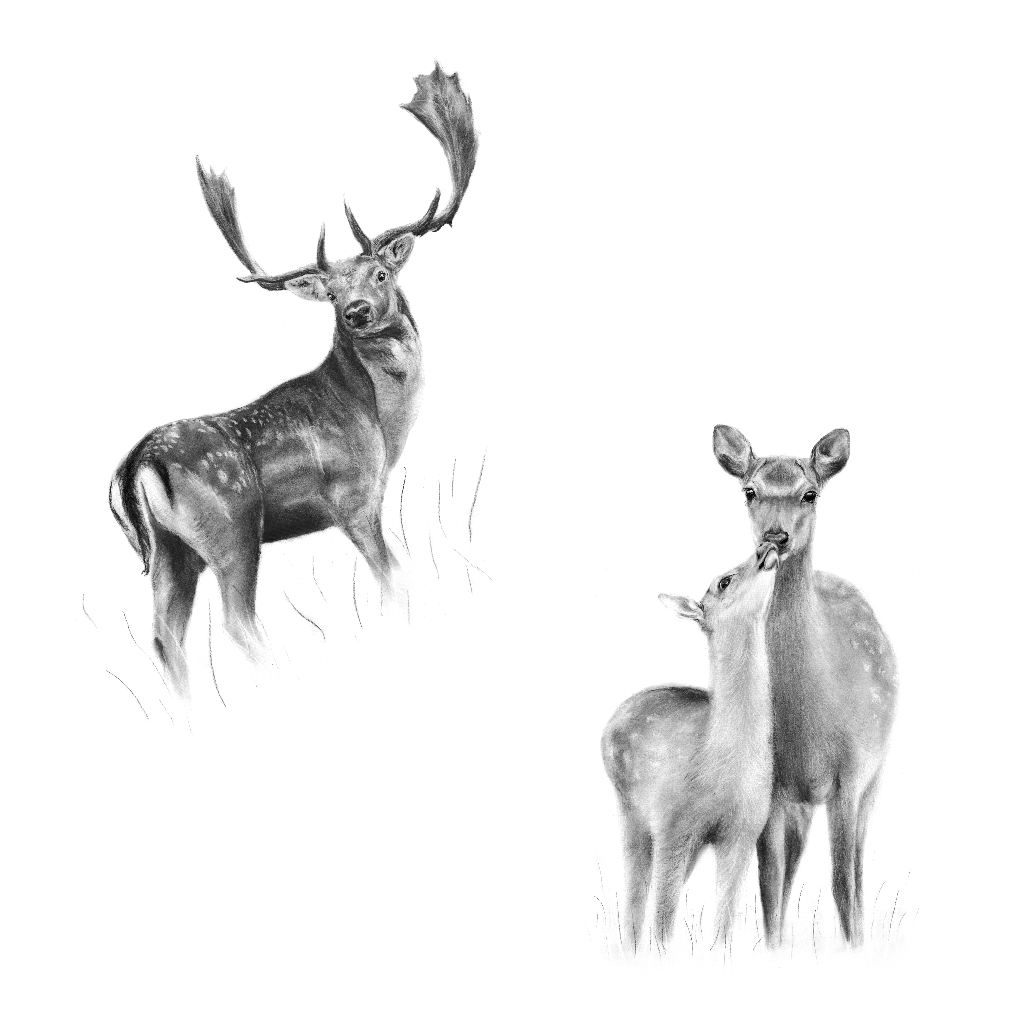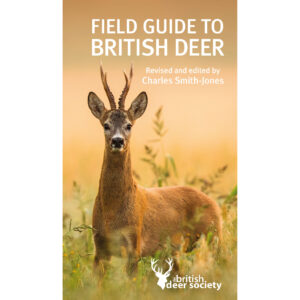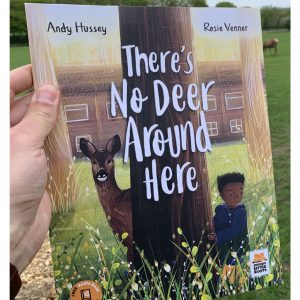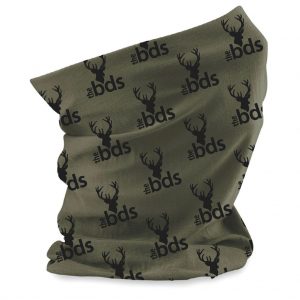Consultation on Secondary Legislation for Deer in Scotland
Share article:
Article by:
James Scott, Policy & External Affairs, Scotland, British Deer Society
Consultation on Secondary Legislation for Deer in Scotland
The British Deer Society was recently asked to comment on the Secondary Legislation for deer in Scotland. This recognises the charity’s position as a key stakeholder.
The BDS gave the following comments on the proposals:
Proposal 1
- permit the use of light intensifying, heat sensitive or other special sighting devices to shoot deer at night (recommendation 7) – detailed below
Amend s.5 of the Deer (Firearms etc) (Scotland) Order 1985 to permit the use of a sight which is light-intensifying, heat sensitive, or other special device for
night shooting.
The British Deer Society recognises the additional risk to animal welfare presented by any shooting at night and also acknowledges the input of the Scottish Animal Welfare Council to the recommendations made by the Deer Working Group.
The NatureScot report produced to support the current recommendation (https://www.nature.scot/doc/naturescot-research-report-1311-study-determine-deerwelfare-
issues-relating-use-image-intensifying) does little to satisfy our concerns that the proposal to permit the use of such sighting devices is entirely appropriate or supported by evidence.
We note that the selected group of deer managers used in the trial were unable to zero one of the technologies and it was not tested, yet it is still proposed to make these devices legal. We also note that no consideration has been given to the very different capabilities of different devices and that no attempt has been made to establish a minimum standard of device to be used.
That said, we are cognisant of the fact that some digital sighting devices have been legal for use on deer in daylight hours elsewhere in the UK for some time and that all the proposed technologies are legal for use on other quarry species throughout the UK.
We also recognise that the current proposal only relates to shooting under an authorisation under Section 18 of the Deer (Scotland) Act 1996 and does not propose to make the use of these devices legal during daylight hours or to allow night shooting of deer more widely.
It is of some comfort to know that this immediately limits the availability of these devices to the 1800 or so people currently on the NatureScot Fit & Competent register.
In recognising technological progress and the requirement to increase the annual deer cull in Scotland, the British Deer Society gives our qualified support for this proposal subject to the following recommendations:
- For at least the winter of 2023/24, those wishing to use such technologies must indicate this on their application for an authorisation. Anyone who has not done so would still be guilty of an offence.
- A further review of these technologies is undertaken after the winter of 2023/24.
This review should be based on the experiences of all users. Further information should be collected from those managing deer on public land in Scotland and
compared to information currently collected (e.g. number of deer requiring a follow up shot, or those recorded as “lost” but hit, location on the body of the
impact of the bullet).It should be made clear on the face of any authorisation issued that this information is to be supplied to NatureScot by anyone using these technologies under an authorisation.
- That Best Practice Guidance for shooting deer at night be updated prior the commencement of night shooting operations using these technologies and it is
noted on the authorisation that compliance with this guidance is a requirement of all acting under these authorisations. We note that it is unlikely that the Best Practice Steering Group will have completed the process of updating the existing guidance and producing new guidance. - An awareness campaign is pursued in conjunction with partners to raise awareness of the issues surrounding the use of these technologies and the fact
that this does not legalise the use of such devices for use on deer during daylight hours. - Consideration should be given to making additional training and assessment a requirement for those wishing to use these technologies under authorisation.
Proposal 2
- amend the minimum bullet weight so as to make non-lead ammunition more accessible (recommendation 4)– detailed below
Amend s.3(a) of the Deer (Firearms etc) (Scotland) Order 1985 to permit the use for shooting deer of any species, a bullet of an expanding type designed to deform in a predictable manner of not less than 80 grains (5.2 grams) with a muzzle velocity of not less than 2,450 feet per second (746.76 metres per second) and a muzzle energy of not less than 1,750 foot pounds (2,373
joules).We are not proposing to make any changes to s.3(b) which relate specifically to roe deer.
The British Deer Society recognises the wish of Scottish Government to enable people to continue to utilise familiar equipment to manage deer. We recognise the possible deer welfare benefits of allowing deer managers to use the firearm which they have experience of in the field. We do have concerns about the possible unforeseen outcomes this proposed change to legislation could lead to.
We recognise that similar firearm and ammunition combinations are legal for use on larger species of deer elsewhere in Great Britain. We are concerned that the current proposal is being made in a bid to maximise the
deer cull in Scotland without due regard for deer welfare or any real evidence of need.
We are aware of an increasing number of projectiles that meet the current legal requirements becoming available. We are also aware of a number of deer managers voluntarily changing to larger calibres which meet the current legal requirements and we do not believe that this change is required.
The proposal as currently written would allow the use of these lighter projectiles in ANY calibre. We have serious concerns about the ability of lighter bullets, being used at higher velocities, to humanely kill our larger deer species where there is no need to reduce the current legal minima at the potential expense of deer welfare (e.g. 93 grain 6.5 Creedmoor ammunition). We do not believe that this is either the spirit or intent of the proposed change.
We are pleased that the current requirements for muzzle velocity and muzzle energy are being retained along with a minimum bullet weight as this at least prevents the possibility of opening up the use of smaller calibres for use on our larger species of deer.
We do have some concerns that these proposals will be difficult to police and equally difficult to communicate to ensure that deer welfare is protected.
We would urge the Scottish Government to consider adding a condition that the option to use 80gr bullets only applies to those calibres using 6mm projectiles (e.g. .243 or 6mm Remington) and no others. This would still allow those who predominantly manage roe to have a single firearm and ammunition combination capable of legally killing all deer species in Scotland.
Proposal 3
- remove close seasons for male deer to lengthen the time during which wild male deer can be taken or killed across the year (recommendation 8) – detailed below:
Species (Male) Current Season Proposed Close Season
Red, Sika 21 October – 30 June None
Fallow 1 May – 31 July None
Roe 21 October – 31 March None
The British Deer Society acknowledges the contents of the Deer Working Group report on this issue and the contribution made by the Scottish Animal Welfare
Council to that report.
The British Deer Society are fundamentally against the complete removal of close seasons for any deer.
We recognise that this is an emotive topic for many and acknowledge the fact that this would simply allow the killing of male deer all year rather than force deer managers to do so. We also recognise that a significant number of male deer are currently killed out of season under the general authorisation.
We question the need to extend the ability to kill male deer all year given the fairly limited impact we believe this will have on the total cull. We also have reservations about moving from the general authorisation system which is of limited burden to NatureScot but provides some safeguards in terms of the majority of controllers having to be registered as Fit & Competent in order to operate legally.
This proposal also makes it impossible to disbar individuals from shooting male deer all year and removes the need to liaise with neighbours prior to undertaking out of season control, which undermines the efforts made to improve collaborative deer management in the last 15 or so years.
We recognise that there are very limited welfare concerns regarding the removal of the close season for male deer and these mostly relate to red deer in the period after the rut. That said, we believe that the ability to cull male deer all year may have a slightly negative impact on the achievement of the female cull.
There is some evidence from England and Wales that the overlap of the male and female seasons therefore act as a distraction to some from culling females. Biologically the culling of females is the only area where population management can be achieved.
We would urge the Scottish Government to give consideration to alternative methods of increasing the cull by focussing on female deer as opposed to simply removing or reducing close seasons.
We would be happy to discuss our concerns in more detail with you if that would be helpful. We are cognisant of the Government’s desire to change legislation and the British Deer Society are keen to ensure that any changes which are made continue to provide for the highest possible standards of deer welfare and humane treatment.
Be part of something bigger and join us in making a difference! Click the link to donate or become a member and help us keep going strong.












